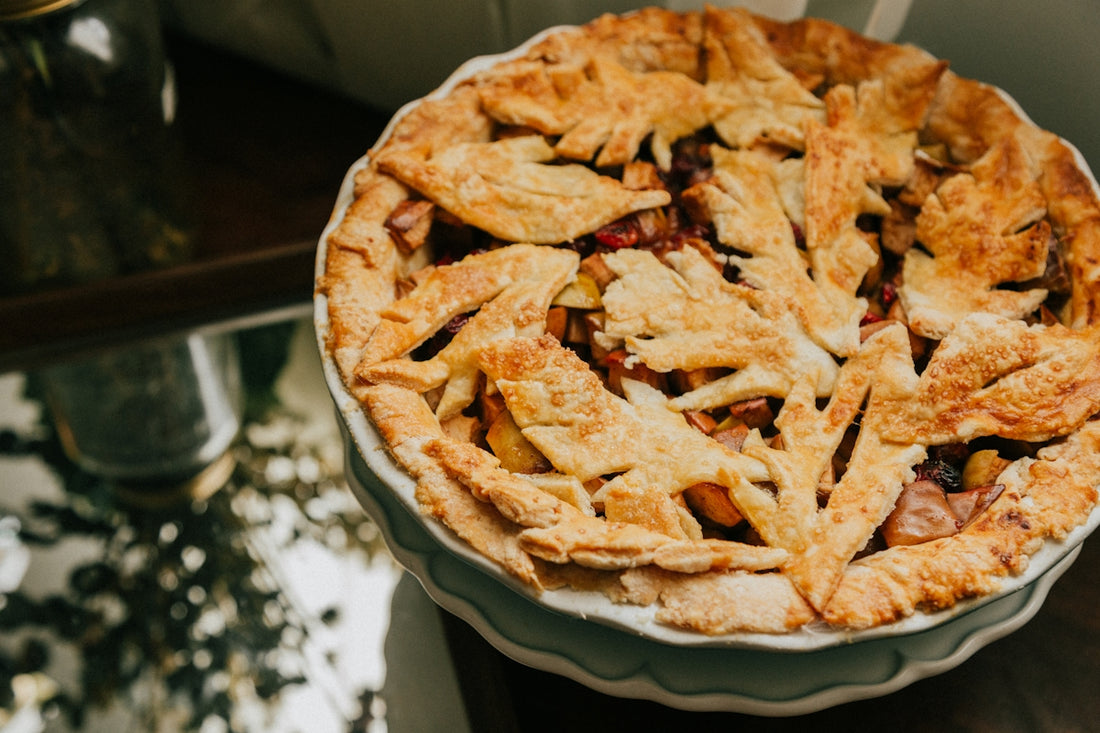
Mastering the Craft: Essential Tools for Making Homemade Sourdough
Making homemade sourdough is both an art and a passion. Whether you're a seasoned artisan bread baker or a complete beginner looking to explore this rewarding craft, having the right tools is essential for mastering the art of sourdough baking. In this comprehensive guide, we'll explore the necessary tools and techniques to help you achieve sourdough perfection.
We'll cover everything from the basics of a sourdough starter to the best tools for sourdough scoring techniques, plus valuable tips for sourdough feeding and maintenance. By the end of this post, you'll be well-equipped to embark on your sourdough journey, from creating a crispy sourdough crust to answering sourdough bread troubleshooting questions.
The Basics of Sourdough: Understanding Your Starter
Before diving into tools, it's crucial to start with the basics: understanding a sourdough starter. A sourdough starter is a combination of wild yeast and bacteria, establishing the foundation for sourdough fermentation. Instead of using commercial yeast, sourdough's unique flavor and texture come from wild yeast fermentation.
To begin your sourdough life, you'll first need to know how to feed your starter. Learning the proper sourdough starter feeding schedule and understanding how to store sourdough starter are fundamental skills for successful baking. Feeding your starter involves adding flour and water at regular intervals to keep your yeast active and healthy. Many bakers find it helpful to have a designated jar for their starter. Check out this Sourdough Starter Jar Bread Starter Kit for easy maintenance and accurate tracking.
Essential Tools for Mastering Sourdough Baking
1. Proofing Basket (Banneton)
A proofing basket, or banneton, is a must-have tool for any sourdough baker. It helps shape the dough and allows it to rise in a supportive environment. The basket's ridges create a beautiful pattern on the dough, giving your sourdough bread that iconic artisan look. For a complete setup, consider this Sourdough Bread Baking Supplies Set.
2. Silicone Baking Mat
A non-stick silicone baking mat can serve as the perfect surface for kneading and resting your dough. These mats offer a smooth, anti-slip grip, making dough preparation a breeze. Additionally, they are easy to clean and store. You can find more information about a high-quality mat like the Silicone Baking Mat Kneading Pad.
3. Lame for Scoring
Scoring your dough before baking allows for controlled oven spring and creates the signature artistic cuts on the surface. A bread lame is an essential tool for clean and precise scoring. Practicing different sourdough scoring techniques will enable you to express creativity while ensuring your bread bakes evenly.
4. Dutch Oven or Baking Stone
When it comes to achieving a crispy sourdough crust, the proper baking vessel is key. A Dutch oven traps steam, which is crucial for crust development. Alternatively, a baking stone can also enhance heat distribution for a lovely golden finish and improved oven spring.
Mastering Wild Yeast Fermentation
For dependable results, monitoring the process of sourdough fermentation is critical. Wild yeast fermentation can vary depending on factors like temperature and humidity. Tools like a thermometer strip or date-marked feeding bands can help track your starter's activity and predict fermentation outcomes.
Using an Ecobake Reusable Linen Bread Bag ensures your creations stay fresh and allows for the proper breathing of your freshly baked bread.
Sourdough Starter vs. Commercial Yeast
Many bakers choose sourdough for its unique health benefits and distinct flavor profile. Sourdough fermentation allows for better digestibility and may have benefits for sourdough for diabetics due to lower glycemic index compared to regular bread.
If you're interested in understanding whether a sourdough starter with a long legacy is better, remember that longevity can contribute to more complex flavors, though new starters can also provide excellent results.
Diverse Creations: Beyond Sourdough Bread
Sourdough starter is versatile beyond just breads. You can easily incorporate it into sourdough discard recipes such as pancakes, waffles, and even sourdough pizza dough for a tangy touch.
If you're feeling adventurous, experiment with sourdough bagels or an entirely unique sourdough bread recipe, such as an Italian sourdough bread using traditional Italian ingredients for a regional twist.
Sourdough Troubleshooting
Like any art, sourdough baking can present challenges. Understanding common issues like dense crumb, lack of rise, or an overly tangy taste helps in sourdough bread troubleshooting. Often, adjusting your feeding schedule or proving times solves these issues.
Conclusion
Crafting homemade sourdough is a deeply rewarding experience, both in the process and the results. As you start your journey in artisan bread baking, ensure you're equipped with these essential tools to make the experience fulfilling and enjoyable. For more tips and insights, visit Italian Sourdough.
Whether you're crafting an easy sourdough bread or exploring new horizons with sourdough discard recipes, the right tools and mastery of techniques like feeding and maintenance, fermentation, and scoring will set you up for success. Start your sourdough journey today and savor the rich world of sourdough baking.
